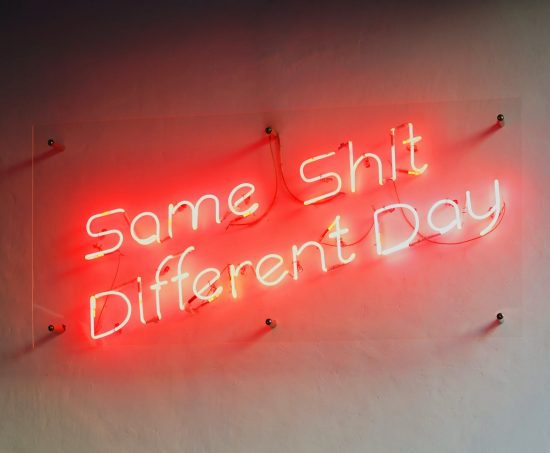How to Choose the Right Drawing Software for Your Needs

Drawing software has become an essential tool for artists and designers in the digital age. With so many options available, it can be overwhelming to try and determine which software is the best fit for your needs. In this article, we’ll provide a step-by-step guide on how to choose the right drawing software for you, so you can find the perfect tool to support your artistic goals and improve your skills.

As an artist or designer, choosing the right drawing software is an important decision that can have a significant impact on your work. With so many different options available, it can be overwhelming to try and determine which software is the best fit for your needs. In this article, we’ll provide a step-by-step guide on how to choose the right drawing software for you.
First, it’s important to assess your level of expertise and experience with drawing software. Are you a beginner just starting out with digital art, or do you have years of experience using a variety of software? This will help you determine which software is most suitable for your skill level.
Next, consider your specific needs and goals for using the software. Do you want to create digital paintings, vector graphics, animations, or all of the above? Knowing exactly what you want to accomplish with the software will help you narrow down your options.
Once you have a good understanding of your needs, it’s time to start researching and comparing different software options. Look for software that meets your specific needs and goals, and be sure to read reviews and ratings from other users to get an idea of the software’s strengths and weaknesses. It’s also a good idea to consider the cost of the software and whether it offers a free trial or demo version, as this can help you get a feel for the software before committing to a purchase.
Once you’ve narrowed down your options, it’s time to try out the software for yourself. Download the software and play around with its tools and features to get a feel for its user interface and overall functionality. Consider whether the software is user-friendly and meets your needs.
Finally, it’s time to make a decision. Based on your research and personal experience with the software, choose the option that best fits your needs and goals. Don’t be afraid to try out different software options and switch if a different software better meets your needs.
In conclusion, choosing the right drawing software is an important decision that can have a significant impact on your work. By assessing your needs, researching and comparing different options, trying out the software, and making an informed decision, you can find the perfect software for your artistic goals.
One thing that not many people may know about drawing software is that many programs offer features and tools specifically designed for creating digital animations. While drawing software is primarily used for creating static artwork, such as digital paintings and vector graphics, some programs also offer tools for creating frame-by-frame animations or simple movement effects. These can be particularly useful for animators or artists who want to incorporate movement into their digital art. Some examples of drawing software that offer animation tools include Adobe Animate, Toon Boom Harmony, and TVPaint.
It’s difficult to pinpoint specific dates for the development and evolution of drawing software, as the field has a long history and there have been many different software programs developed over the years. However, some notable milestones in the history of drawing software include:
- 1972: Sketchpad, one of the first computer drawing programs, was developed by Ivan Sutherland.
- 1984: Adobe Systems released Illustrator, a vector graphics editor that is still widely used today.
- 1989: CorelDRAW, a vector graphics editor, was released.
- 1998: Adobe Photoshop, a popular raster graphics editor, released its first version for Mac OS.
- 2005: The open-source drawing software Inkscape was released.
- 2007: The first version of the digital art software Procreate was released for iOS.
- 2013: The vector graphics editor Affinity Designer was released.
- 2016: The first version of the digital art software Krita was released for Windows.
These are just a few examples of the many different drawing software programs that have been developed over the years. The field of drawing software is constantly evolving, with new programs and updates being released regularly.
